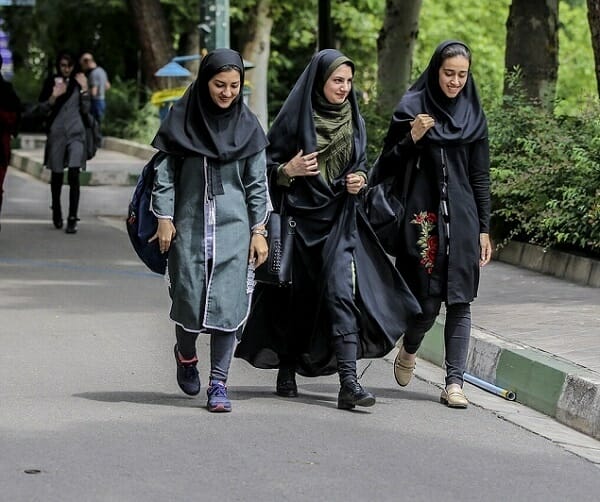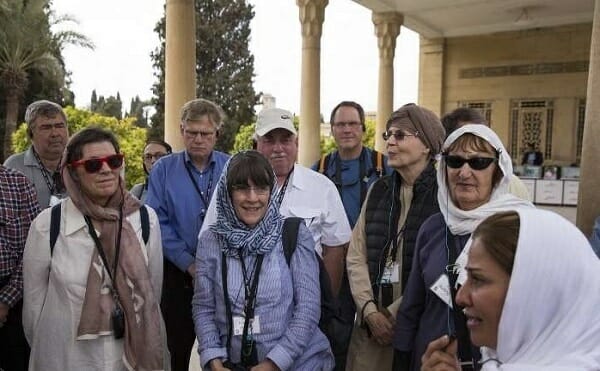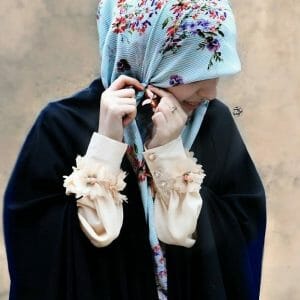Most people in Iran are Muslim and have a history of wearing a veil in Iranian history. Experience has proved that for tourists traveling to Iran, observing the hijab in Iran or seeing the Iranian women with the hijab is a fascinating and new experience of travel that attracts some of them to Iranian culture and beliefs and more study about it.
religiously and legally rules of women’s veil and hijab
Traditionally, religiously, and of course, legally, people in Iran must observe the rules of veil and Hijab. Women and girls over the age of 9 are required to wear their heads and whole body hair except their face and hands in public places and not to wear tight clothing and bodywork. Of course, despite the veil law, it is not strictly enforced in the community, which is abundantly visible in the streets, and Iranian women adhere to the rules of dress while being well-dressed and up to date.
religiously and legally rules of men’s veil and hijab
Hijab is not for women according to religious orders and men must obey the rules and minimum standards in their clothing. Of course, men are usually limited in their traditional coverage rather than their religious coverage, and they should choose the right cover for themselves. For example, wearing men’s shorts or not to wearing men’s shirts in public places seems strange and inappropriate to do, but it is not forbidden religiously.
In Iran, many women work with the Islamic veil with men. When you travel to Iran, you will find that the veil has almost no restriction for Iranian women. Many Iranian female athletes also appear in World Championships with Islamic clothing. Iranian women are seen wearing hijabs in shops, restaurants, clubs and elsewhere.
This post is also available in:  中文 (Chinese)
中文 (Chinese)













